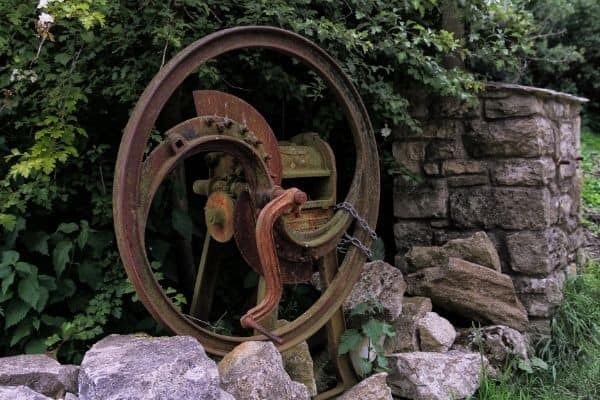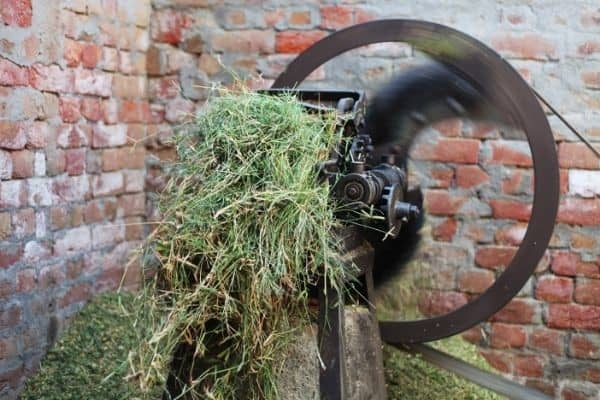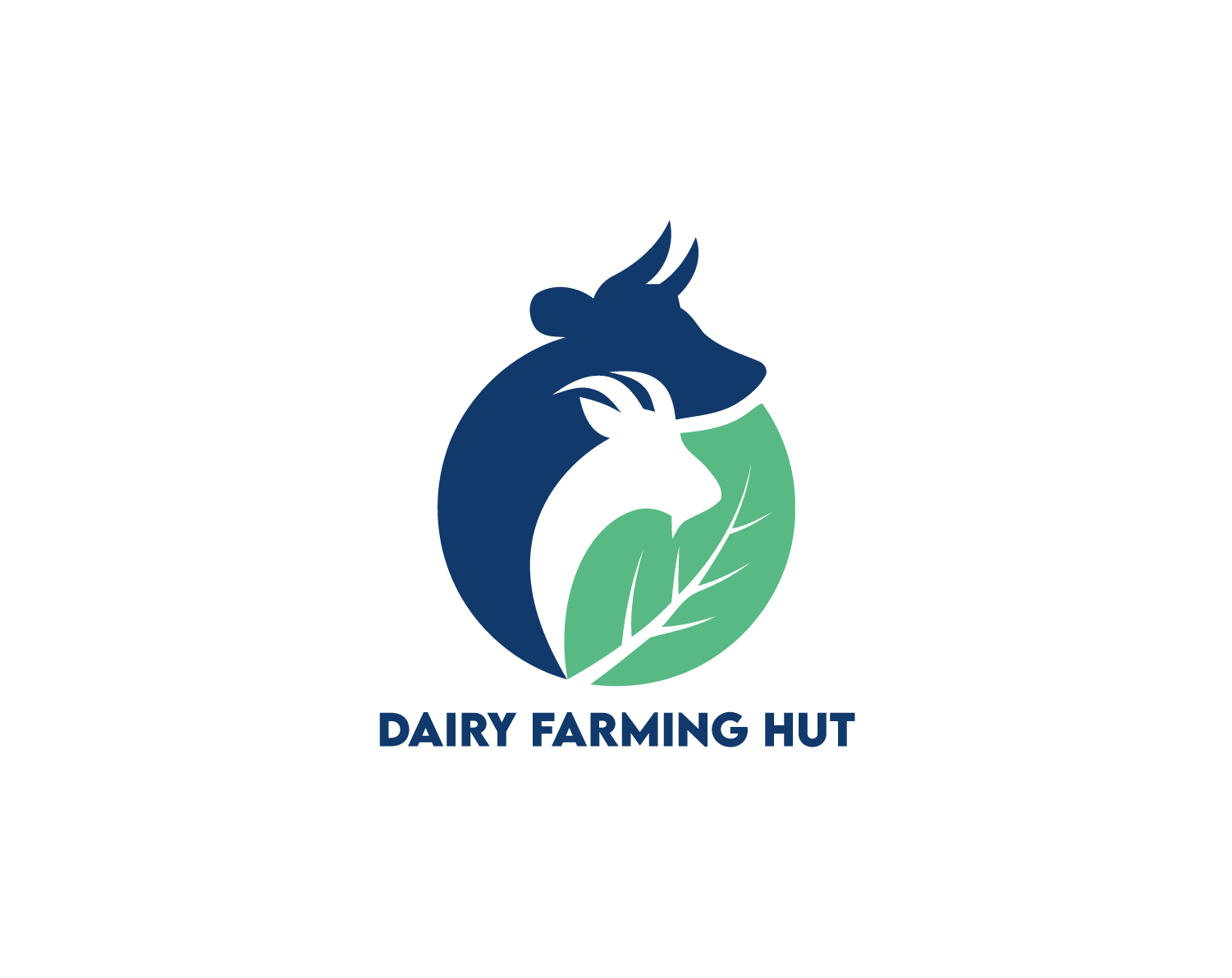Dairy cows are ruminants, so fiber is an essential part of their diet as an energy source and ensures correct rumen function. Chaff cutters are designed for chopping the chaff into small pieces to aid chewing and swallowing and promote healthy digestion. Also, chopped hay creates less waste because cows may easily access the feed, and the longer strands don’t get wasted by being trodden underfoot.
The types of chaff cutters for dairy cow fodder are hand-operated, manual, and automatic. Depending on the cutter’s size and engine, capacity may range from 100 kgs an hour to 10 tons an hour and above. Smaller dairy farms will not need the larger chaff cutters if their livestock is below five cows.
There are few chaff cutters available on popular online service providers such as Amazon, but farmers may order their machinery from individual agriculture-specific sites online. If you would like an overview of the various types of chaff cutters on the market, please read on.
Benefits of a Chaff Cutter For Dairy farming
Beyond the benefits of saving time and labor, chaff-cutting equipment is essential in maintaining healthy livestock. The three main benefits are:
Chopped hay reduces waste
Often much of a cow’s roughage is not consumed and becomes waste. Chopped roughage ensures that your cows will not struggle with larger hay pieces and reduces the amount of feed that falls underfoot. A University of Wisconsin forage expert estimates that shorter forage shows 5-10% less waste than standard forage lengths during the feeding process.
Chopped hay aids digestion
When you decrease the particle size of the forage, the surface area for bacterial action is increased. The reduced size means that the rate of digestion increases along with nutritional absorption.
Accelerated weight gain
Because chopped hay increases digestion and nutrition, your cows will maintain or increase their weight gain more efficiently than those feed unprocessed forage.
Hand Operated Chaff Cutters
The hand-operated chaff cutter comprises a tray to feed the forage to the blade, a curved blade on a spring lever, an anvil, and a frame. In operation, the fodder is fed through a tray pushed by one hand, and the other hand and leg operate the curved cutting blade.

A thin layer of forage is laid on the anvil as the blades progressively shear the fodder. This hand-cutting is a fairly labor-intensive process with low yields. Hand cutters have an average rpm of 35, while industrial cutters can excess 1000 rpms in the cutting process.
Chaff Cutting machines or Electric Chaff Cutters
If you have more than five dairy cows, you should opt for a chaff cutter with a motor to save you time and labor costs. High-producing dairy cows can eat up to 30-35 pounds of baled hay per day, so it is a sensible conclusion that mechanized chaff cutters are the best option. With the help of an electric cutter, you may easily process 100kgs of forage in only ten minutes, which considerably cuts down on manual feed preparation.

Mechanized chaff cutters also allow you to adjust the cutting size according to the density and type of forage you need to process, which helps you match the stem size and forage type to your feeding requirements.
Mini Chaff Cutters
Mini chaff cutters are an excellent option for small-scale farming set-ups. They are generally less expensive than the larger manual feed systems and are relatively lightweight and portable. The output depends on the moisture content and the raw feed materials.
The mini chaff cutters are portable and comparatively lightweight while still delivering up to 1000 t/hr of processed cuttings. The mini chaff cutters’ power requirements are typically 2-3 kW with roughly 2000 rpm motor speed. Although the mini motorized chaff cutters are more expensive than the hand-operated chaff cutters, the yields are substantially higher.
Manual Chaff Cutters
The manual system chaff cutters are best for straw, wheat, and grass cutting and are portable and lightweight. These machines suit smaller home dairies where the forage requirements are minimum. The manual feed choppers do not have a mechanized belt system to draw the feed into the machine, and the forage is delivered manually via the feed chute.
This process entails the user delivering the forage by hand and feed it manually into the machine, which may be a labor-intensive process when cutting large amounts of chaff. Automatic feeding systems on chaff cutters save time, but the chaff cutters are generally much more expensive and may necessitate a more significant outlay for the farmer.
Automatic Chaff Cutters
Automatic feed chaff cutters provide an advanced feed mechanism to deliver the forage on a belt system to the cutters. The automated system also offers a unique feed roller device that maximizes cutting output for large-scale farming operations. These cutters typically come with a special gearbox to adjust the processing lengths and have multiple power options such as motors, diesel engines, and tractors.
Automatic chaff cutters are the largest and most efficient cutting options and can process between 3 and 10 tons per hour. These machines are more versatile and can accommodate large yields of cut fodder, and are adapted to various power sources.
Their power and capacity vary from a standard freestanding unit to the heavy-duty tractor-operated versions. The automated forage feed system delivers the hay using conveyor belts that relay the hay to the cutting heads, where they are compressed and cut. This manual feed system takes much of the labor out of the cutting process and delivers high-capacity cutting yields in a short space of time.
Sizing the chaff
The length of the cut can be adjusted by selecting the feed rollers speed. Hand-operated machines have a 2-speed selection for modifying the cut length, whereas two to three-speed gearboxes are found on the power-operated cutters.
Adding or subtracting the number of knives also affects the chaff length, which can be done easily on hand-operated chaff cutters. Electrical chaff cutters may adjust their chaff length by increasing the speed of the cutter head. Cut silage varies in size from 20-40mm to 25-50mm and above with green fodder.
Feeding Mechanisms
Power-operated chaff cutters are made up of 2 feed rollers and an apron. The table’s length on which the apron travels is generally around 2m to handle tall grasses and forage crops. Feed rollers that are spring-loaded compress the feed and uncut material into the cutting head, and corrugated rolls are usually preferred. Machines that are Hand-operated generally do not use aprons and rely on a feed table or feed box.
Blower enabled Chaff Cutters
Some chaff cutters are enabled with a handy blow funnel that channels the processed forage neatly into a silo. The smaller chaff cutter allows the fodder to be released to the ground in a wider chute system, leading to a percentage of wastage of the finished product.
Conclusion
Not only are chaff cutters practical and labor efficient, but they improve the quality of your livestock’s diet and improve their overall health. There are various chaff cutter options, depending on your dairy’s size, and smaller operations can easily get by on the less expensive models. In more extensive operations, chaff cutters will eventually pay off their initial outlay over time with greater milk yields, healthier cows, and reduced forage waste.


